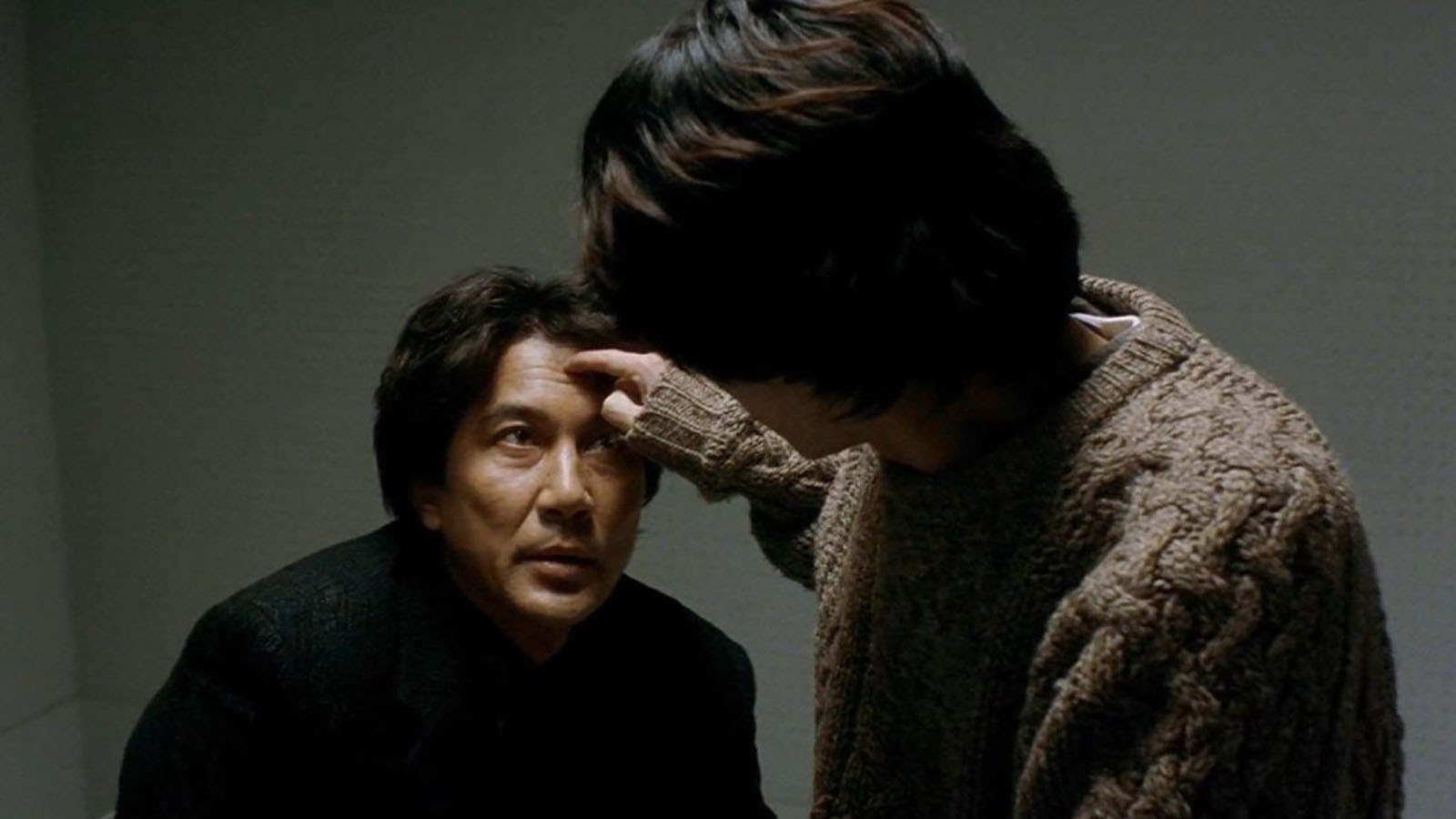
Not just a key figure in the emergence of the J-horror movement, Kiyoshi Kurosawa is also a contender for the most important filmmaker in all of Japanese horror history. While it may have been Pulse, with its eerie play on the universally damaging effects of the Digital Age, that caught the attention of wider American audiences in 2005 (four years after its release in its home country), he had already written and directed Cure, one of the most hauntingly perfect horror films ever made. Titles from the height of Japan’s legendary supernatural-folklore boom of the 1960s—Nobuo Nakagawa’s Jigoku, Kaneto Shindo’s Onibaba and Kuroneko, and Masaki Kobayashi’s Kwaidan, to name just a few—are masters of mood, but his are sheer skin-seeping, dread-filled terror. Kurosawa’s horror exists in the pockets where there is no comfort, no escape, no cheap comic relief to rescue us.
As with Pulse, the unrest in Cure stems from a place of profound emptiness—namely, that of its two central figures. Specimen number one is police detective Kenichi Takabe (the always terrific Koji Yakusho), a ball of anguish and repressed rage. After a dreary day at the office, working to solve a string of seemingly unrelated killings mysteriously linked by victims marked with big bloody Xs across their throats, he returns home to a mentally ill wife, who is known to get lost outside, do empty loads of laundry, and serve uncooked steaks for dinner. Specimen number two is the eventual suspect brought into custody for perpetrating these killings, a spaced-out young man with amnesia-like symptoms. After some evaluation, Takabe considers “hypnotic suggestion” as a possible motivation for the slayings, and it appears that the slovenly, slight-framed Mamiya (Masato Hagiwara) might indeed hold the ability of willing otherwise sane people to commit murder. What’s more, he was until recently a psychology student, with a special interest in personality disorders and mesmerism—aka hypnotism or soul-conjuring.
Takabe and Mamiya are a consummate cinematic pairing made in hell: two hardened blanks (with amazingly bushy heads of hair) who face off in a series of chilling mind games. Such cat-and-mouse scenarios are not exactly hard to come by, yet these particular dealings hold an odd air of unfamiliarity. Mamiya attempts to hypnotize Takabe, while the detective spirals downward. Upon checking his wife into a hospital, the overworked man is told by a doctor: “You look sicker than your wife to me,” which raises the existential questions of whether job addiction destroys the psyche and who is actually sane.
How a horror movie ultimately resonates in the memory relies in large part on how it chooses to leave you. And Cure closes out on such an unsettling note that its final moments are successfully implanted for good, and remain a source of analysis to this day. Kurosawa has of late taken a turn toward sci-fi and more intimate women’s pictures, but the name alone of a recent film closer in tune with Cure, 2016’s Creepy—along with many of his other concise titles—tantalize with a purely deceptive simplicity. 🩸
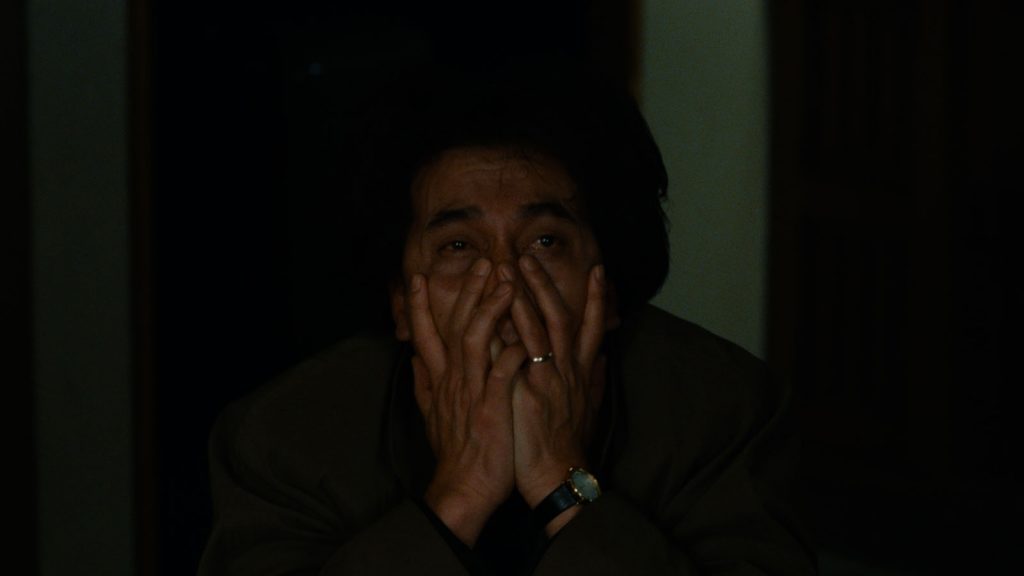
is a writer, editor, and horror programmer based in New York. She is the editor of Bloodvine and her writing has appeared in publications such as The New York Times, Film Comment, and Rolling Stone.
Consider the Dies Irae. Eight dire notes to remind you that you are going to die. This musical phrase from a 13th-century plainchant...
BY TOM PHELAN | July 26, 2024
Angel Dust (1994) is an energetically bleak film about the terrific ease with which we surrender our minds. Anyone who has been on the Yamanote loop service in Tokyo at 6 p.m. on a Monday knows something about...
BY TOM PHELAN | November 23, 2023
Pulse is, in my mind, the pinnacle of the J-horror wave in the late ’90s and early ’00s. It is part of Kiyoshi Kurosawa’s early explorations into the apocalypse, which also include Cure (1997) and the criminally underseen Charisma (1999).
BY RUFUS DE RHAM | November 3, 2025
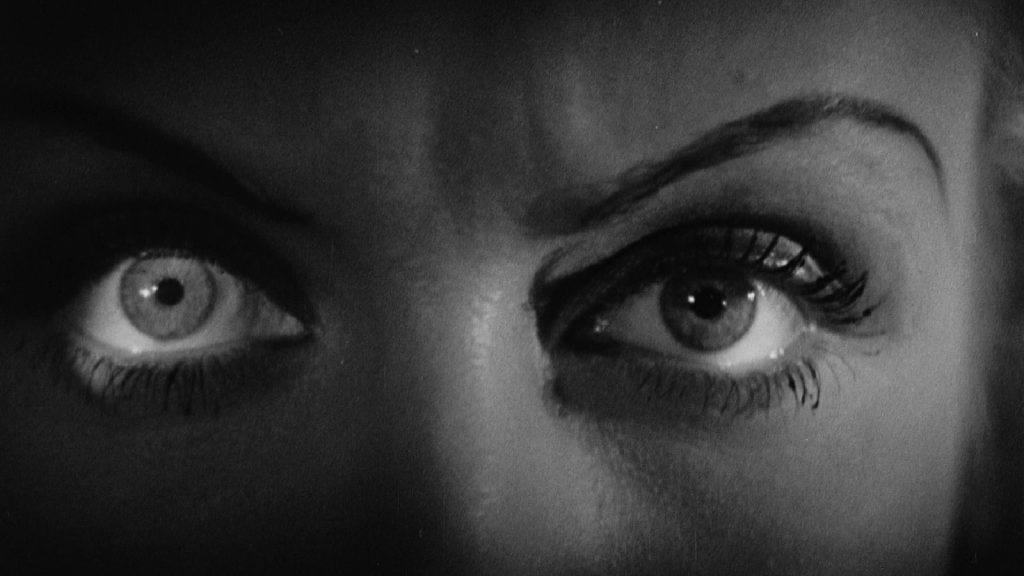
This pre-Code offering packs a lot of story into its typically brisk running time, with several plot threads weaving together a (not always successful) tapestry of spooky and criminal doings.
READ MORE >
BY ANN OLSSON | Month 00, 2021
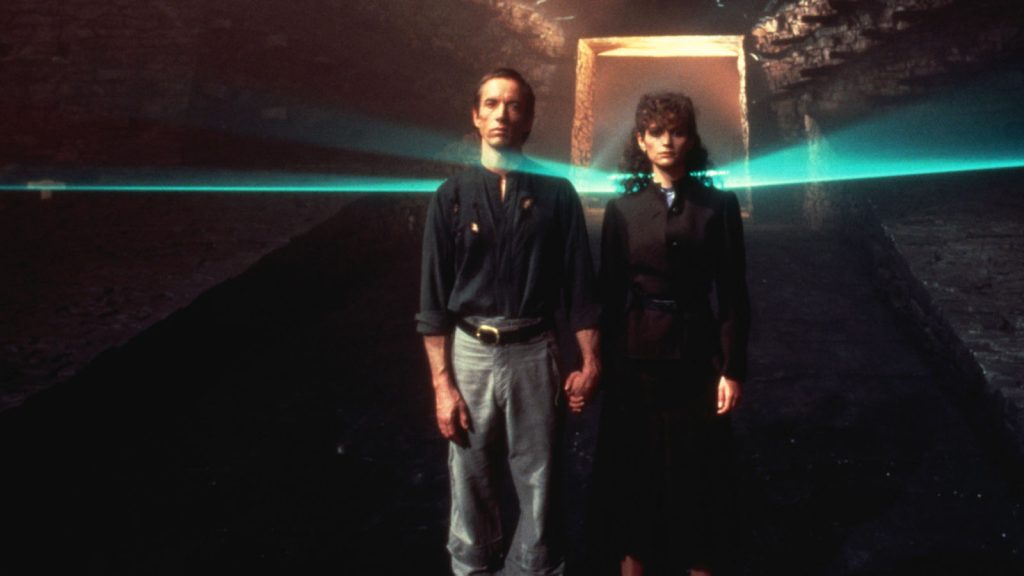
In what could be the fastest-resulting rape revenge movie, a drunken lout brutally forces himself on Ida, the young woman who doesn't return his affections, during a party over Labor Day.
READ MORE >
BY LAURA KERN | Month 00, 2021
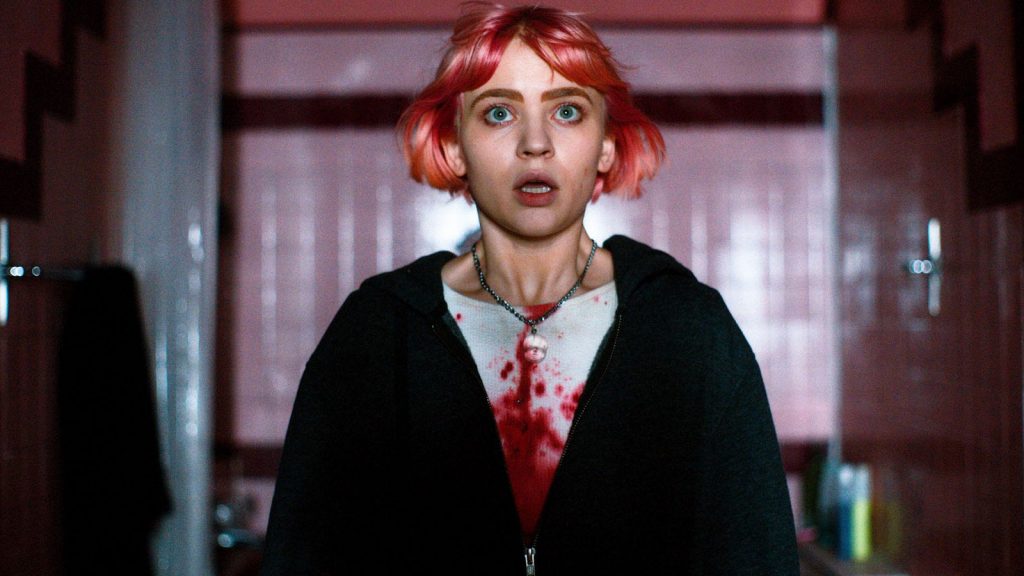
Beast is a lot of movies in one package - fractured fairy tale, belated-coming-of-age story, psychological drama, regional horror film - but above all it's a calling card for its leading lady, Jessie Buckley.
READ MORE >
BY LAURA KERN | Month 00, 2021